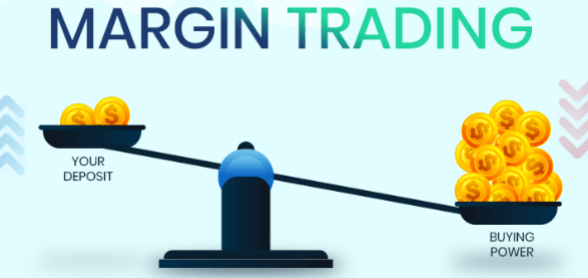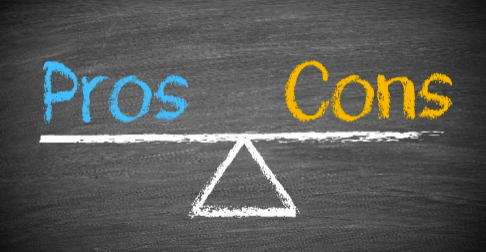What Is Margin Trading?
Margin trading refers to a transaction in which the parties to a securities transaction only deliver a certain margin (or securities) to a securities company when buying or selling securities, and the securities company provides financing or securities lending. Margin is the amount that needs to be deposited with a broker when borrowing money to buy securities.

When trading on margin, investors use marginable securities or cash in their brokerage accounts as collateral to secure the loan. Mortgage interest rates will be calculated and charged on a regular basis. For example, if your broker's initial margin requirement for a stock is 60%, and you wish to buy $10,000 worth of stock, your margin would be $6,000, with the broker lending you the remaining $4,000.
If an investor wants to trade on margin, he/she needs a margin account instead of a regular cash account. A margin account is a standard brokerage account that allows investors to use cash or securities in their account as collateral for loans. Each broker has different requirements for qualifying for margin trading and offers different terms of service. Brokers can set their own margin requirements and interest rate collection terms. Because investors use leverage in margin trading, both losses and gains can be magnified.
Pros And Cons Of Margin Trading

Pros:
1. Increased Purchasing Power
The most obvious benefit of margin trading is that it amplifies the purchasing power of investors. Margin trading allows borrowing to trade, so investors can buy more stocks than they normally would with a cash account.
2. Higher Potential Returns
Margin trading utilizes capital leverage and also enlarges the potential profit space for investors.
Cons:
1. Higher Risk

Borrowing money to invest is risky. Whether the purchased security appreciates or depreciates in value, the investor must repay the amount borrowed.
2. Interest Expense
Borrowing money is not free. When investing with margin, the investor must pay the corresponding interest based on the borrowed amount. Before making margin investments, investors should consider the cost - fixed interest charges. The cost of borrowing money will result in losses, even if the stocks that investors buy retain their value.
3. Margin Requirements
When investors want to trade on margin, they must deposit a certain initial margin, usually charged at a certain percentage of the transaction amount. Once the margin is paid, it will be deposited into the margin account of the clearing house. The initial margin can be used as a kind of protection to prevent investors from failing to perform the contract due to any unfavorable price changes and causing losses to the counterparty.
After a margin transaction occurs, the ratio of the amount of margin to the market value of the securities purchased will vary with market fluctuations, and investors need to ensure that this ratio is above the minimum level specified by a broker.
If an investor fails to meet maintenance margin requirements, a margin call may be triggered, which informs the investor that additional funds must be deposited. If the investor cannot meet the margin call within the specified period, the securities company may forcibly liquidate the position.
(Writer:Sunny)


